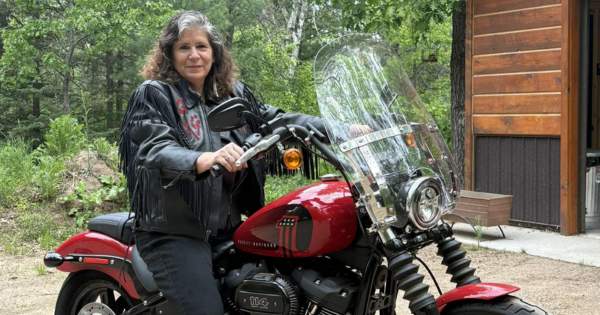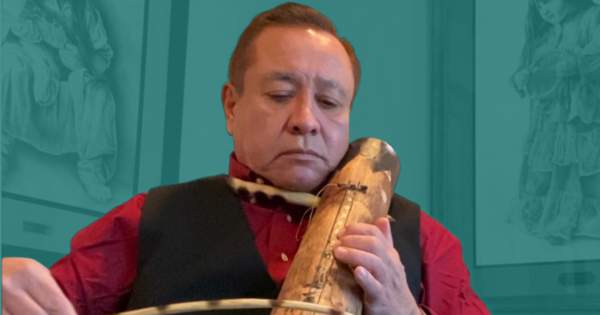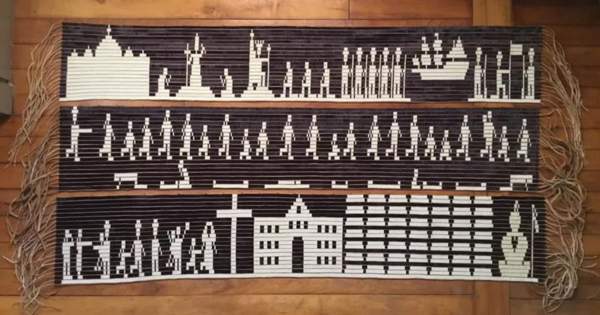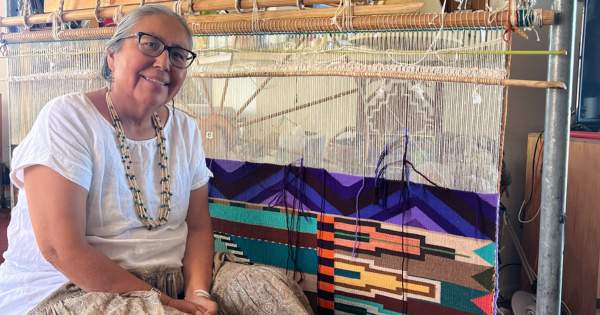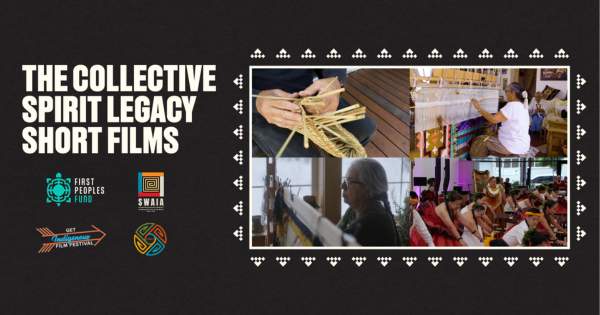
PAʻI Foundation Meeting the Needs of Their Native Hawaiian Artists
Banner image: The kahikolu of the MAMo Wearable Art Show: PA'I Foundation's Executive Director and the MAMo Wearable Art Show's Producer and co-emcee, Kumu Hula Vicky Holt Takamine, co-emcee and voluntold entertainer, Kumu Hula Robert Uluwehi Cazimero, and Stage Manager, Kumu Hula Michael Pili Pang.
Native artists who are part of one of First Peoples Fund’s (FPF) Indigenous Arts Ecology (IAE) projects are surviving and thriving through support from FPF grantee, the PAʻI Foundation. Though several large events for Hawaiian artists were canceled due to the COVID-19 crisis, PAʻI has persevered and has plans for an ambitious Fall 2020.
“Our main goal is to help support those artists who have enriched our lives,” says Vicky Holt Takamine (Native Hawaiian), Executive Director of the PAʻI Foundation. “They have given so much to our community through their art, songs, stories, and dances. We want them to know we appreciate everything they’ve given to us in the past.”
"They have given so much to our community through their art, songs, stories, and dances. We want them to know we appreciate everything they’ve given to us in the past.”
PAʻI is a longtime partner of First Peoples Fund and received a 2019 FPF Indigenous Arts Ecology grant. Through the program, they poured energy into preparing their artists for the 13th Festival of Pacific Arts & Culture that was to take place in June 2020. From creating bios to telling the stories of their pieces, Vicky wanted to ensure their artists were prepared to exhibit professionally. Though the event was canceled, she knows the training artists received will help them in the near future.
“We’re looking at strengthening our local artists by doing virtual events with our trainers, as well as offering one-on-one technical assistance sessions for some of the artists,” Vicky says.
For 14 years, PAʻI has held the annual MAMo: Maoli Arts Movement Wearable Art Show. This year, the show is taking on a new form with a one-hour TV broadcast and Facebook streaming program to exhibit past years of the fashion show.
Recent college graduates, all former hālau hula (school of Hawaiian dance) students of Vicky’s, came up with their own initiative to capture artists’ stories through interviews. The videos are going up on PAʻI’s Youtube channel, and clips will be incorporated into the fashion show broadcast.
One artist they interviewed was Kawika Lum-Nelmida (Native Hawaiian), hulu (feather) artist, who also studies historical photos and pieces dating back to when Hawaiian royalty wore feather work on their clothing. Kawika’s work is on display around the world. He began learning lei hulu from Paulette Kahalepuna in 1997 at the University of Hawaiʻi at Mānoa, and hula from Vicky.
Kawika has worked the fashion show for years. “I’ve seen the different artists evolve and refine their work,” he says. “With the fashion shows, it’s given not just a local stage; it’s gained international recognition. Being in the show pushes the artists to be better every year.”
The fashion show has launched numerous Hawaiian artists, catapulting their businesses and lifeways into the mainstream. Vicky and her team hope for even more exposure through the fashion show airing on TV.
“Oftentimes, I think it’s about giving artists a leg up, which is what the work of First Peoples Fund and PAʻI do for our community,” Vicky says. “It’s recognizing talent and offering support to them. Give them a place to showcase their work, test their ideas, allow them to figure out what they want to do, let them flourish in their talent, and then provide a platform. We need to give artists the tools and the opportunity to grow.”
Another major undertaking of PAʻI’s is creating a website where artists can exhibit their work. Many of them aren’t prepared to fully stock their own website. Most of their energy goes into creating single pieces that make it difficult to market. A central website will allow them to continue focusing on their art as cultural practitioners.
“The Indigenous Arts Ecology grant is filling the gap by providing a central location where artists can put their work and provide a worldwide web presence they would not be able to afford,” Vicky says.
“Technology can be a challenge for some of our artists,” says Kaʻiu Takamori (Native Hawaiian). She is a 2017-2018 Intercultural Leadership Institute (ILI) fellow, PAʻI Folk Arts Coordinator, and a certified FPF Native Artist Professional Development (NAPD) trainer. “In this climate, we need to help them accept and embrace technology so that they too have the same opportunities to market...especially on a global level. This all brings in to play some important [areas] tabs in the NAPD training, especially marketing and pricing.”
Kaʻiu underwent a mindset shift when the shutdown happened. Accustomed to at least one event per month, she is now pouring her energy into meeting their artists’ needs through online venues. She is keeping the PAʻI Foundation social media accounts active and using them to support their artists by reposting their merchandise. She started #MAMoMonday, where she pulls photos from shows and markets of the past and posts them. She directs their artists to resources like the FPF webinar trainings, and is also working on rolling out E Hoʻi Ke Aloha, a COVID-19 relief fund for artists.
After the TV broadcast of the unique fashion show, PAʻI will be partnering with the Kennedy Center in Washington, D.C., to showcase Native Hawaiian artists through their “Arts Across America” online Facebook series. PAʻI is also collaborating with two other nonprofit organizations to bring hula workshops online for beginning and master classes.
All of these endeavors are building up to be a blowout Fall season that PAʻI hopes will give their artists the boost they need to maintain their lifeways.
Despite the challenges to their artists and the cancelation of their most significant events, Kaʻiu is taking heart in their people’s strengths.
“The most beautiful example of resilience I have seen through this crisis was on a Zoom meeting Aunty Vicky and I had with our artists,” she says. “To see that our artists are still creating even when the market is not there, fanned the flames within myself to want to do more for our artists. I saw them cheering each other on and networking about best practices. I usually see this during our markets, artists talking with each other during downtimes. However, to see them still doing it over this new Zoom platform touched my heart. It showed me that they didn’t lose themselves during this pandemic. Seeing this sense of community still alive has awed me to want to make sure that at the end of the day, I am giving all I can to serving my artists and my community.”
“This is a time we need artists to provide uplifting experiences, whether [it’s through] virtual events or posting new artwork,” Vicky says, “to know we are surviving.”
